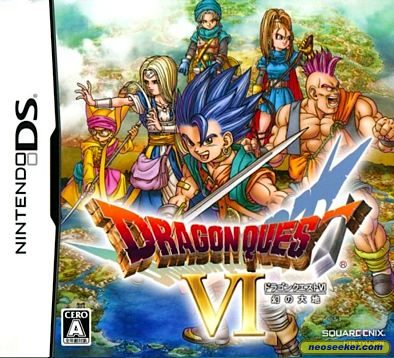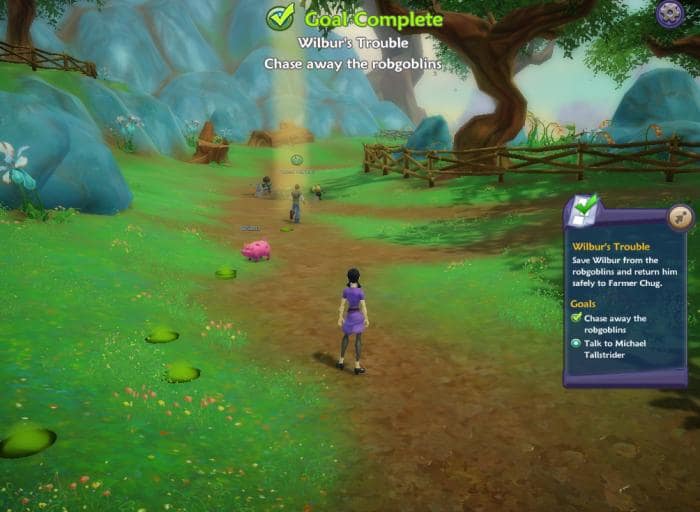

After completing a series of quests, the player learns that in addition to a Real World, there is also a Dream World, made up of people's dreams, and that there is a great evil that wants to conquer both. In this particular installment, the heroes also have to endure the personal struggle of amnesia, as many of the main characters do not initially remember who they are. The story follows the traditional Dragon Quest "Hero" on a quest to save the world. The DS version sold an additional one million copies by March 2010. Dragon Quest VI sold over three million copies in Japan, becoming the best selling game of 1995. The class system from Dragon Quest III returns, with minor adjustments. Navigation remains largely unchanged from the previous games and the turn-based battles are still in first-person. The graphics were vastly improved from Dragon Quest V, which was also for the Super Famicom, but had more rudimentary graphics due to being an early game on the console.

Īs the sixth installment to the Dragon Quest series, the graphics and gameplay remain close to the other games, with minor additions and upgrades. Another version of the game for Android and iOS devices was released in Japan in June 2015. In 2011, a remake of the game, along with Dragon Quest IV and Dragon Quest V, was released worldwide for the Nintendo DS, making this the first time the game was released in English. It was released in Japan in December 1995, developed by Heartbeat whereas the previous Dragon Quest games were developed by Chunsoft. Dragon Quest VI: Realms of Revelation, known in Europe as Dragon Quest VI: Realms of Reverie, is a role-playing video game developed by Heartbeat and published by Enix for the Super Famicom as a part of the Dragon Quest series and as the last Dragon Quest game in the Zenithian Trilogy.


 0 kommentar(er)
0 kommentar(er)
